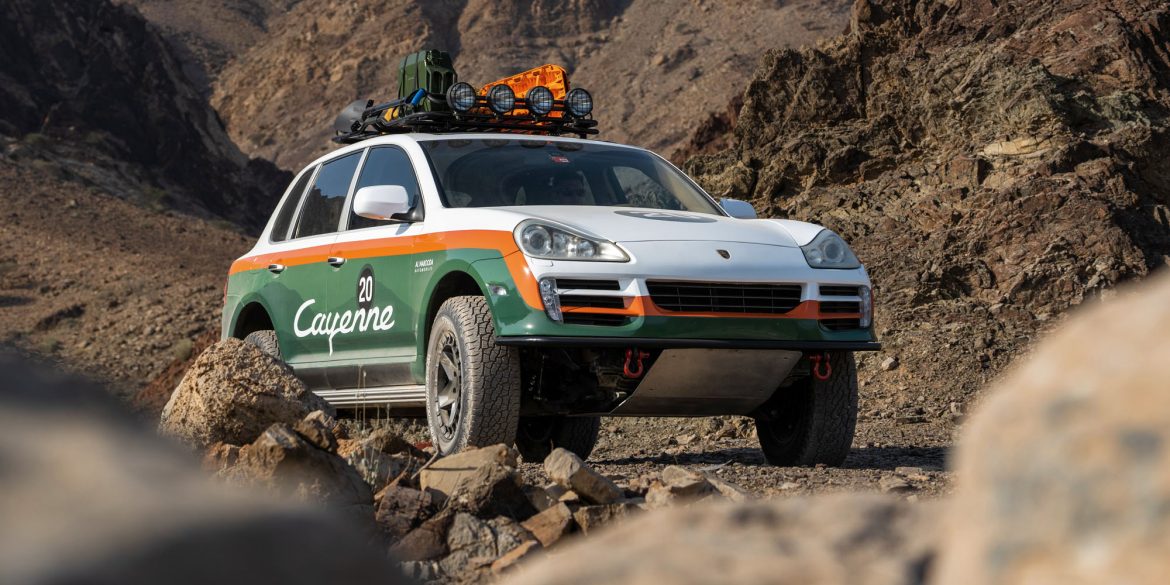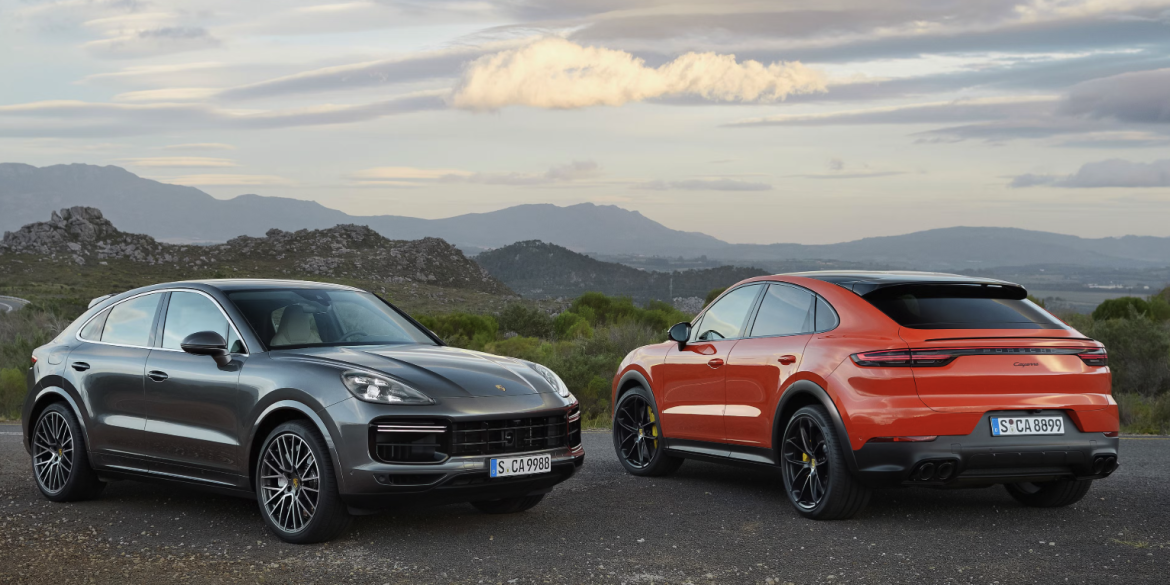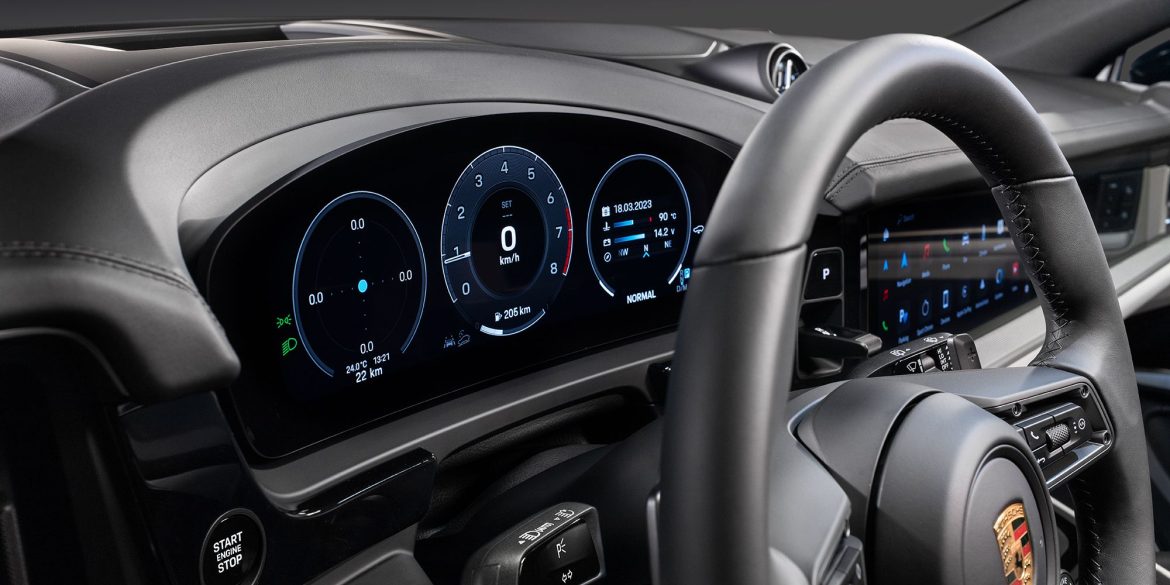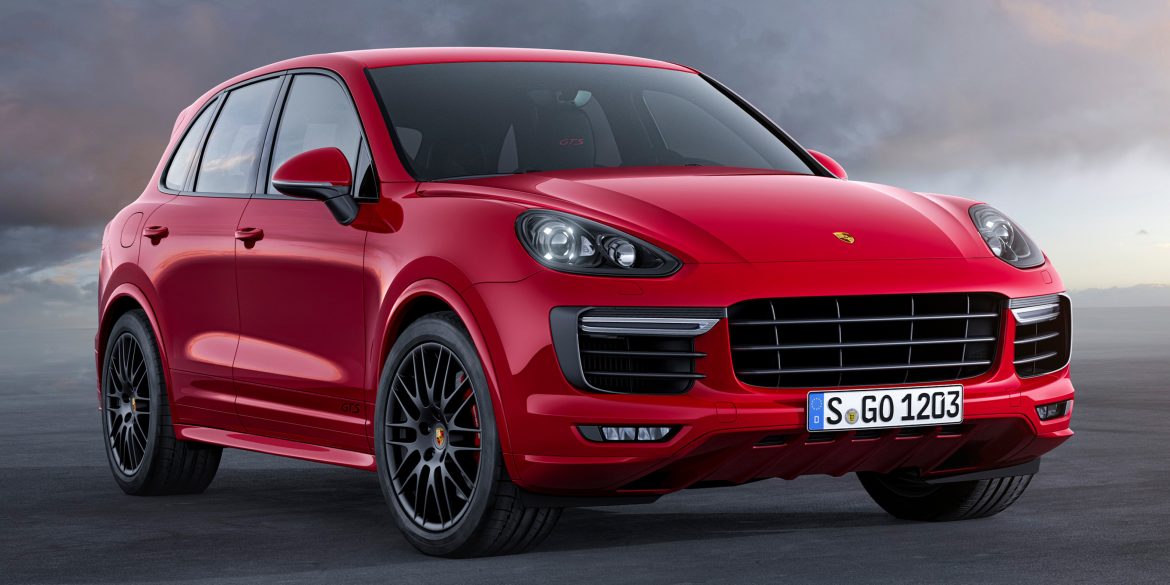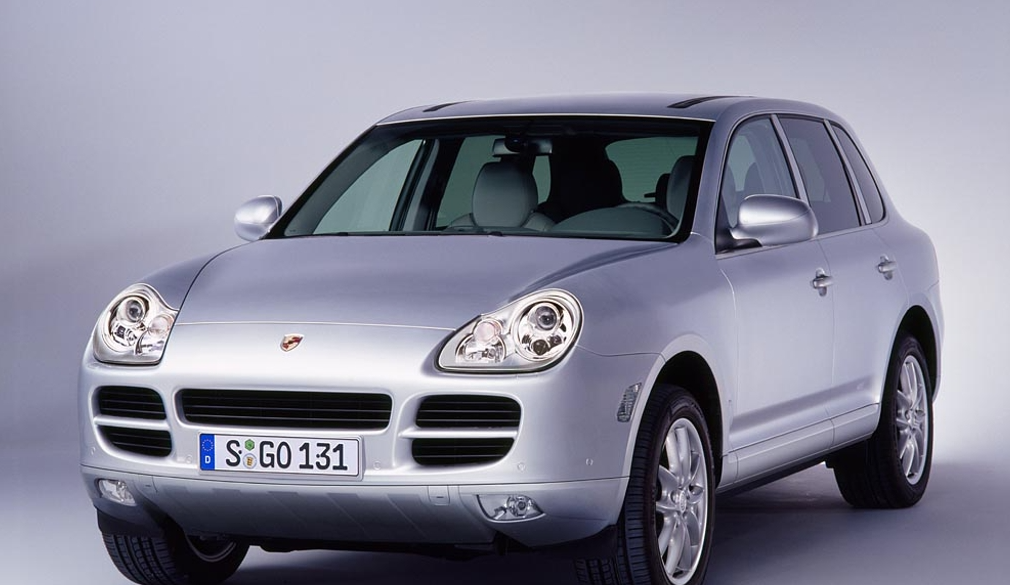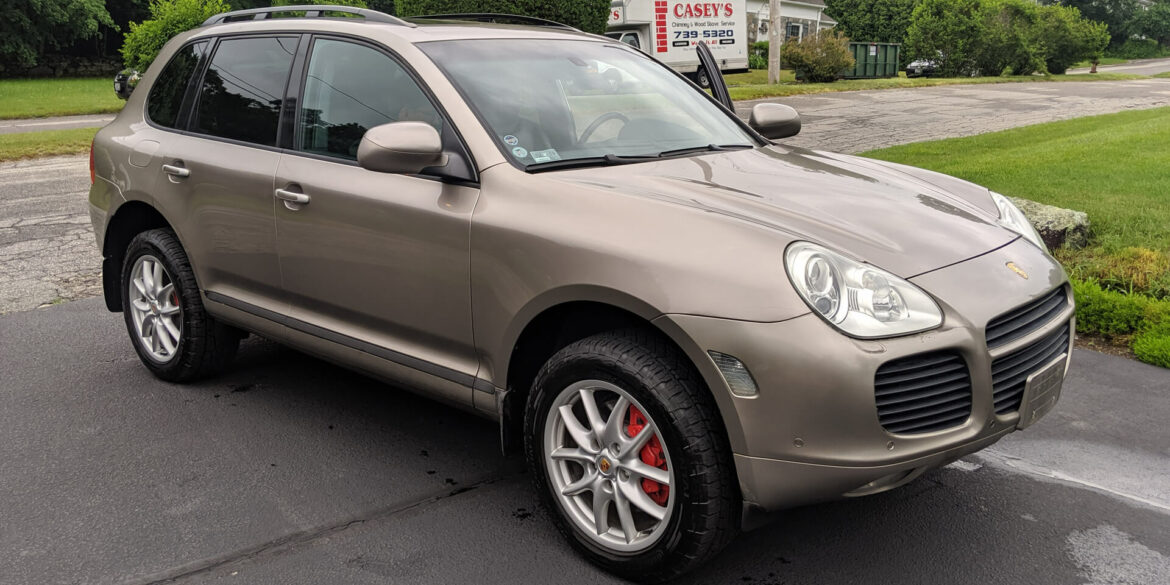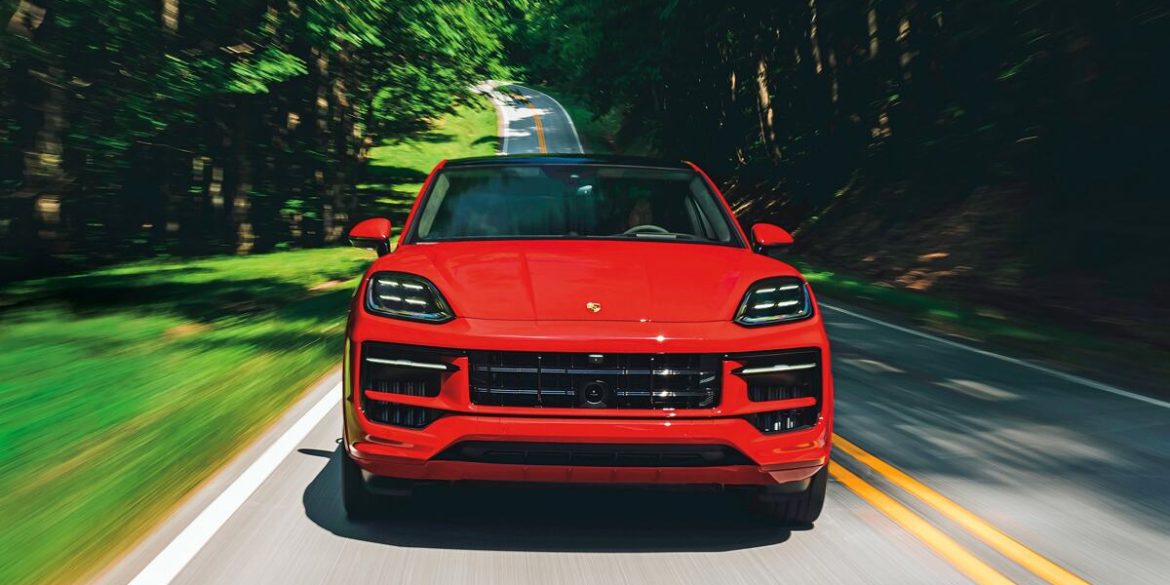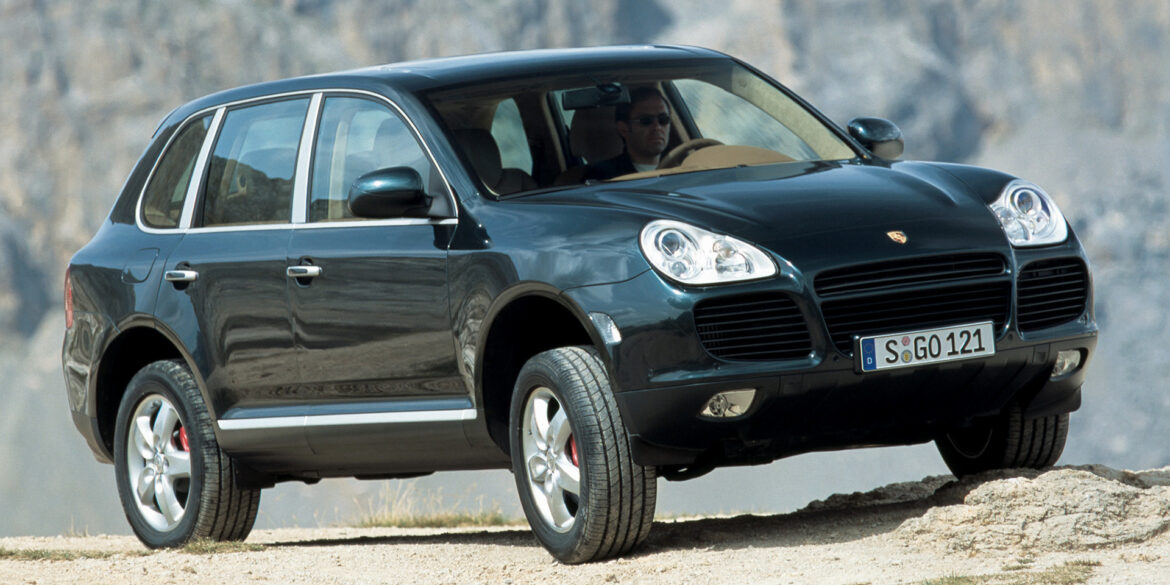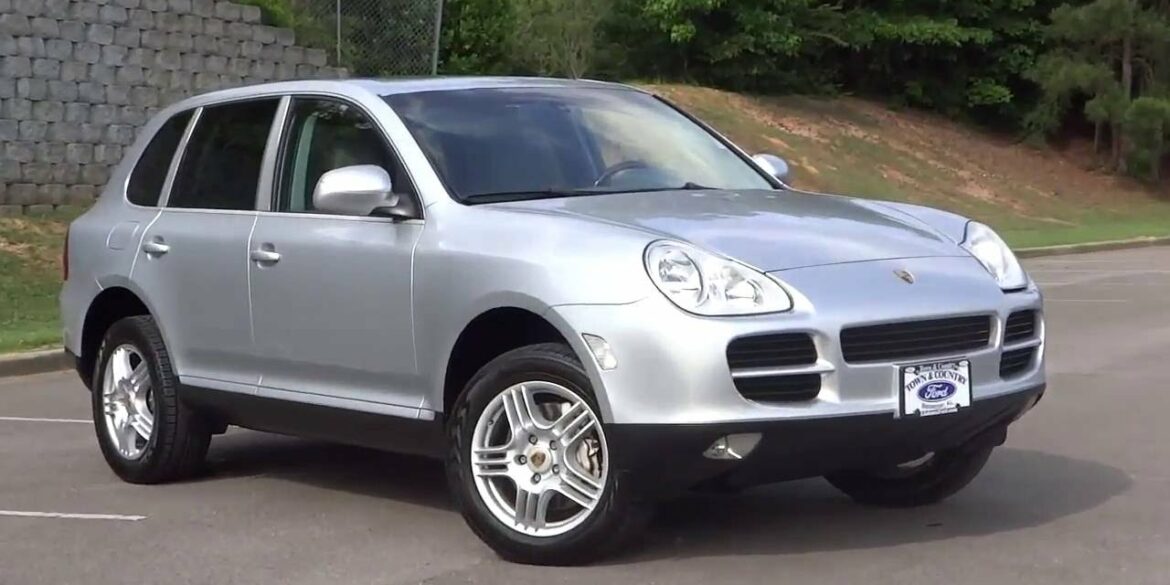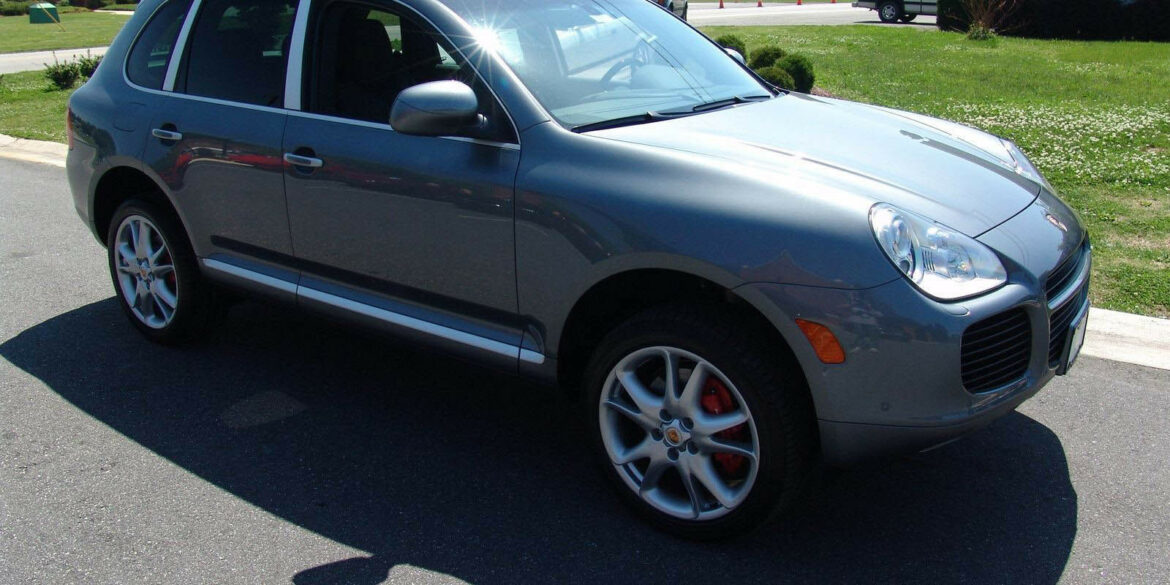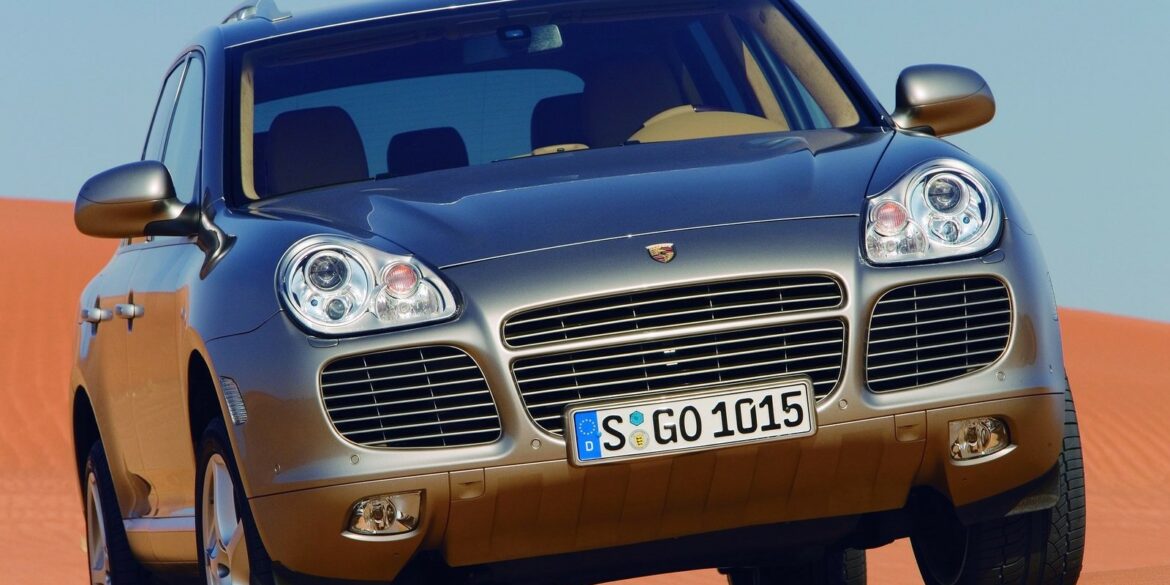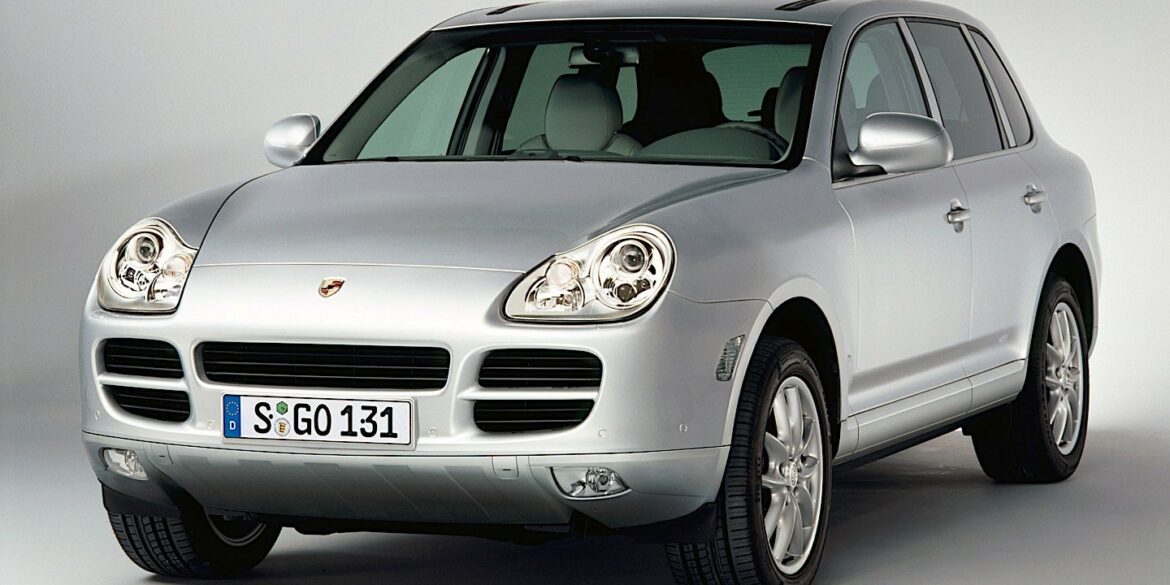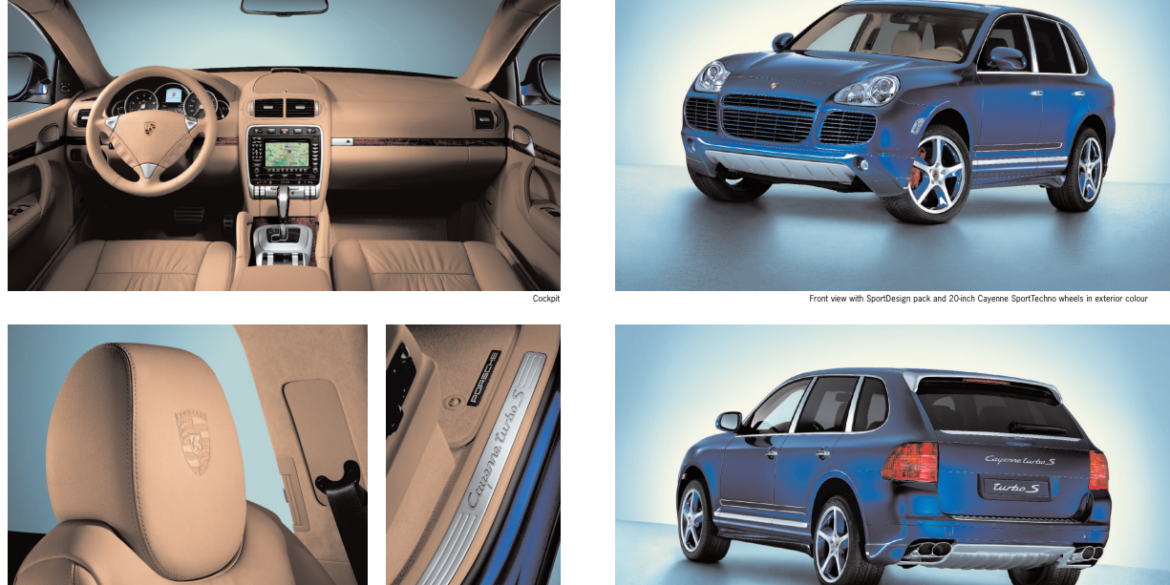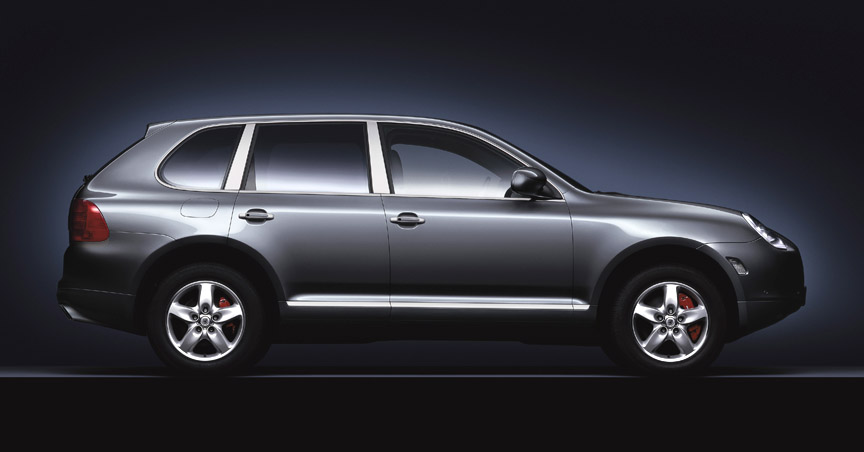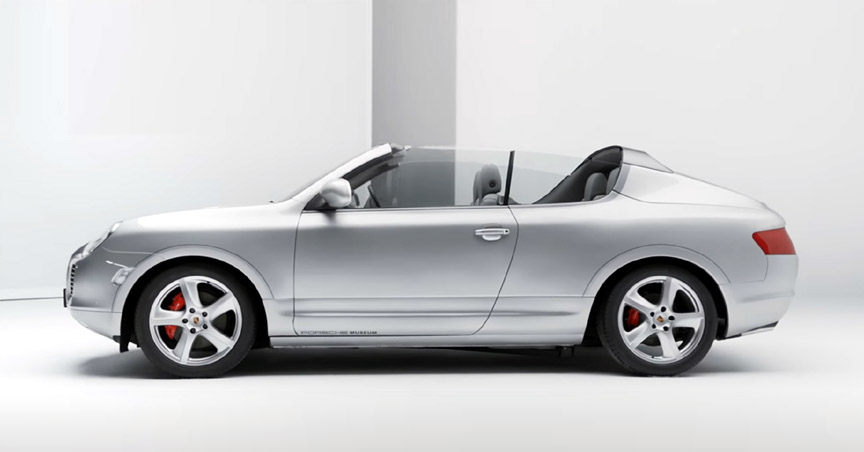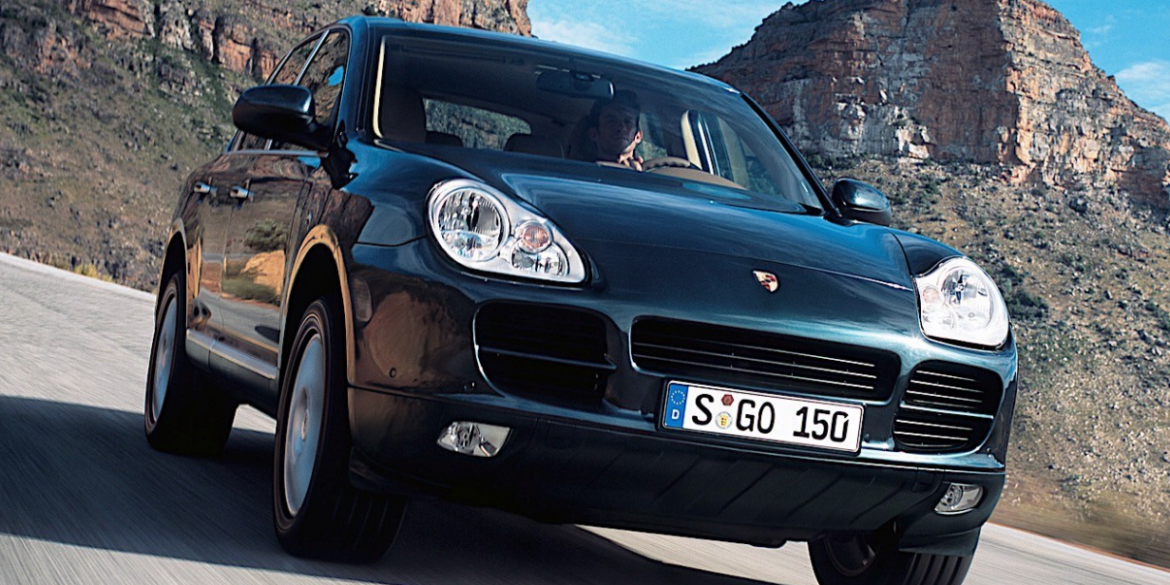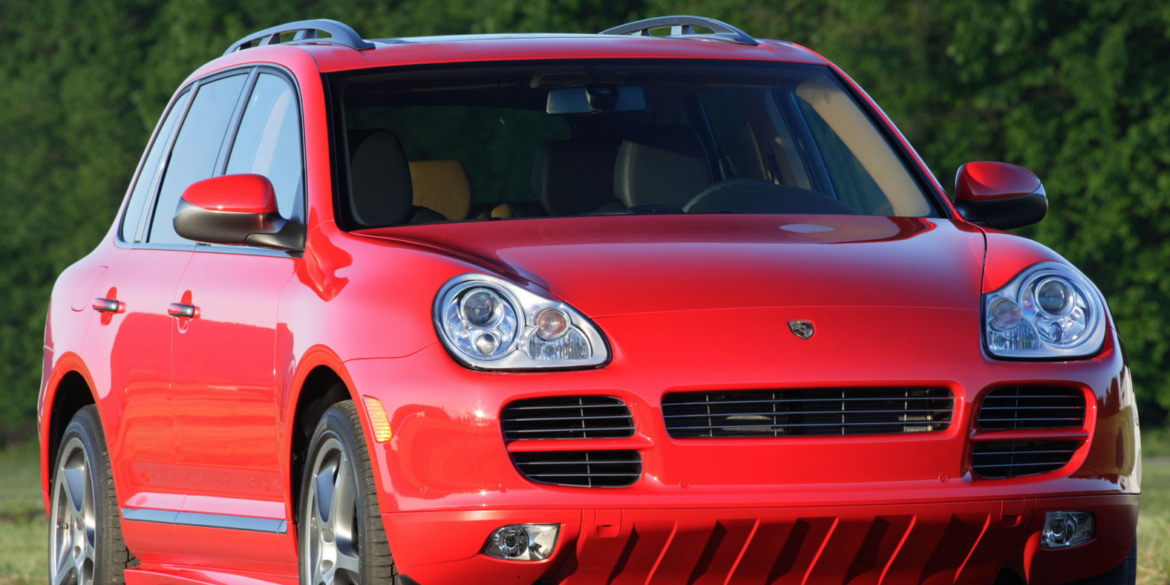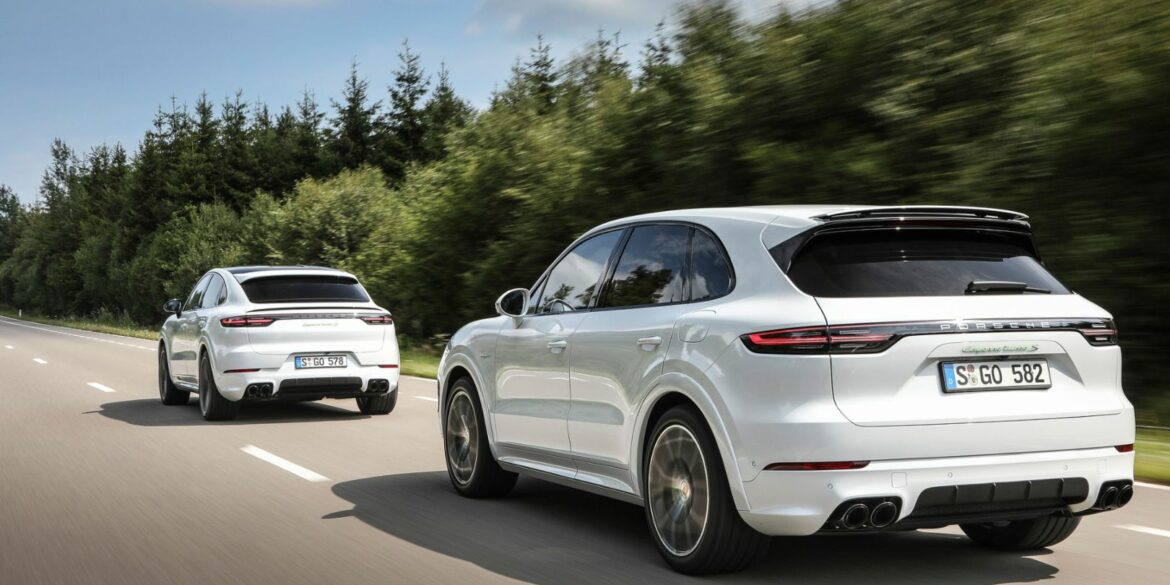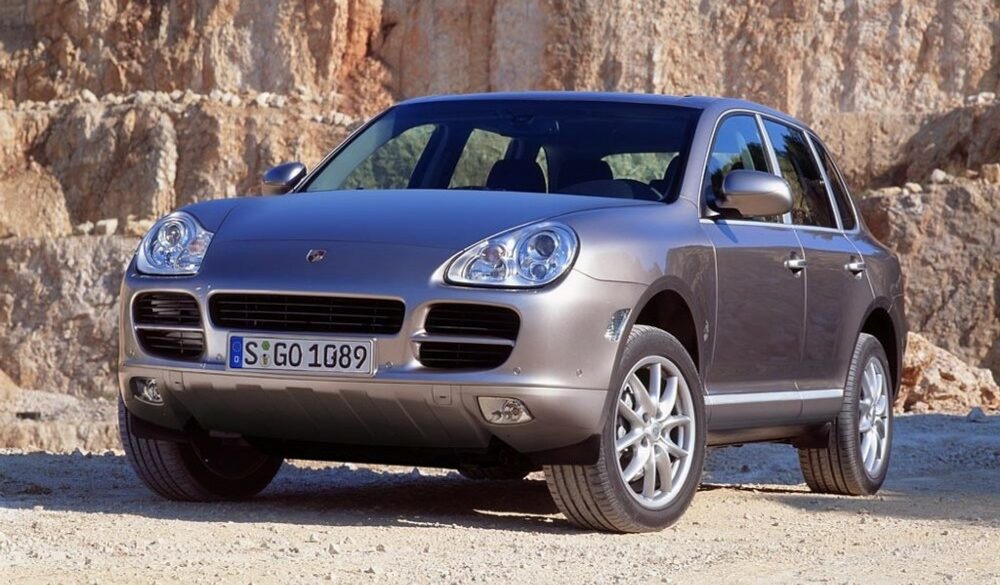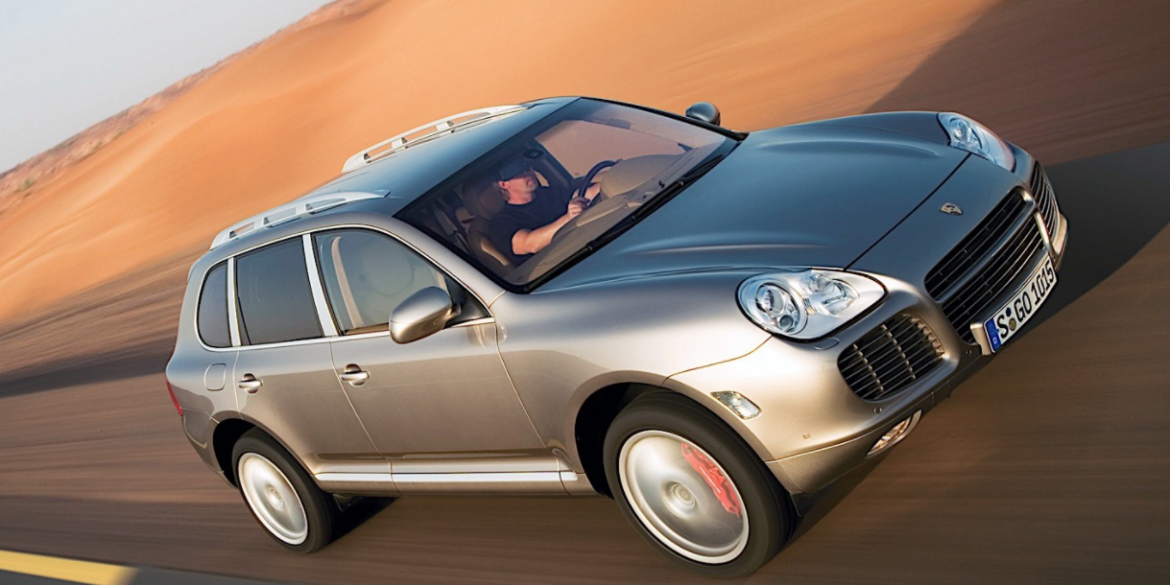Over twenty years after its launch, the first-generation Porsche Cayenne has had new life breathed into it as part of a project in the United Arab Emirates during the Icons of Porsche festival. The Porsche Cayenne is a milestone car for the Middle East. When it launched in 2002, it...
Common Problems with the Porsche Cayenne: What Every Buyer and Owner Should Know The Porsche Cayenne has been a game-changer in the luxury SUV market since its debut in 2003, blending performance, practicality, and Porsche engineering into a high-powered, all-terrain package. Over the years, the Cayenne has evolved through three...
Frequent Porsche Cayenne Problems & Solutions – A Step by Step Guide to Help Owners Diagnose and Solve Your Most Annoying Cayenne Issues The Porsche Cayenne is a luxury SUV with sports car DNA, offering high performance, cutting-edge technology, and off-road capability. However, like any high-performance vehicle, it comes with...
30 Point Porsche Cayenne Buying & Inspection Checklist In this guide, we’ll walk you through a comprehensive 30-point checklist, covering everything you need to check irrespective which generation Porsche Cayenne you are looking to buy. We’ve even created a free, printable PDF version for each generation Cayenne that you can...
The first-generation Cayenne was what saved Porsche. The based Porsche Cayenne 955 entered the market to a mixed reception, although it was the performance vehicle among SUVs and had comparably good handling as well as powerful engines.[3] The lineup initially consisted of the V8-powered Cayenne S and Cayenne Turbo. Later in the model cycle, VR6 and diesel-powered versions joined the lineup. The base model is powered by a VW 3.2-L VR6 engine producing 250 PS (184 kW; 247 hp). The engine is largely the same as the VW engine.
2002-2006 Porsche Cayenne Service Schedule The Porsche Cayenne 955 (2003–2006) and 957 (2008–2010) were Porsche’s first foray into the SUV market, bringing sports car performance, off-road capability, and luxury together in one package. While these models were built to last, all first-generation Cayennes are now well over a decade old,...
Porsche Cayenne Paint Color Options & Samples This post outlines all the color options for the Porsche Cayenne over its production life. We have official books and catalogs of all the color options for the Porsche Cayenne over the years. Porsche Cayenne E1 Colors (MY2003) No Subscription? You’re missing out...
Porsche Option Codes – Porsche Cayenne (2003 Model Year) Looking to decode your 2003 Porsche Cayenne option codes? Want to know what those codes are in your 2003 Porsche Cayenne service manual? Then this is the post for you. We painstakingly researched all the Porsche option and equipment codes for...
Porsche Option Codes – Porsche Cayenne (2004 Model Year) Looking to decode your 2004 Porsche Cayenne option codes? Want to know what those codes are in your 2004 Porsche Cayenne service manual? Then this is the post for you. We painstakingly researched all the Porsche option and equipment codes for...
Porsche Option Codes – Porsche Cayenne (2005 Model Year) Looking to decode your 2005 Porsche Cayenne option codes? Want to know what those codes are in your 2005 Porsche Cayenne service manual? Then this is the post for you. We painstakingly researched all the Porsche option and equipment codes for...
Porsche Option Codes – Porsche Cayenne (2006 Model Year) Looking to decode your 2006 Porsche Cayenne option codes? Want to know what those codes are in your 2006 Porsche Cayenne service manual? Then this is the post for you. We painstakingly researched all the Porsche option and equipment codes for...
Porsche Cayenne Spare Parts Catalogs (2003 – 2006 Model Year) These official Porsche PET Diagrams and codes for the current Porsche Cayenne (2003 to 2006) models. Free for you to download and view. Whether you are working on your own Porsche Cayenne and need the total parts guide or are...
Porsche Cayenne (First Generation) Sales Brochures We found only one Porsche sales brochure for the first generation Cayenne, which is known as the Type 955. The highlight of the initial Cayenne range was the powerful Cayenne Turbo. No Subscription? You’re missing out Get immediate ad-free access to all our premium content....
1st Generation Porsche Cayenne (955) Story & History Cayenne (2002 – 2006) Unveil of official photos: 2002 March 4 / Premiere: 2002 September 25 at Paris motor show press day / Market launch: 2002 December Performance Summary Weight here is DIN weight (90% of fuel, no driver, no cargo). Weight...
It is not clear if the Cayenne Cabriolet was ever intended for production, but considering how much work was put into the concept car, the project was taken seriously. The car has the nose and brakes from the Cayenne Turbo, but this concept car might have a normally aspirated engine, if at all. Porsche has not unveiled any technical information.
The first-generation Cayenne saw the introduction of the Cayenne S in 2002. While the base Cayenne had a 3.2-L VR6 engine, the Cayenne S got a 4.5 L V8 with more power and torque. The extremely short and compact normal-aspirated V8 produced 340 hp and 310 lb⋅ft of torque. Acceleration for the Cayenne S is strong for an SUV, with 0–60 mph taking 6.9 seconds and the top speed being 150 mph. The Cayenne S also have some visual changes to better identify it, but was otherwise standard Cayenne fair.
The Cayenne S Titanium Edition was designed specifically for the U.S. and Canadian markets. Introduced only for 2006 (as a pre-GTS concept), it was a 1 year exclusive, limited production SUV featuring a lightweight steel body, aluminium hood, titanium-painted accented body parts, side lower rocker body panels, Sport-Quad Tip Exhaust chrome tailpipes, 19" titanium painted alloy wheels, bi-xenon headlights, two-tone interior upholstery, Porsche PCM 2.0 w/ trip computer navigation, MP3 audio and Bose cabin surround sound.
Porsche Cayenne Sales Figures Porsche Cayenne Sales Numbers (U.S Market) Sales Totals Per Year & Model (coming soon) No Subscription? You’re missing out Get immediate ad-free access to all our premium content. Get Started Already a Member? Sign in to your account here....
The first-generation Cayenne Turbo 955 has 450 PS (331 kW), and can accelerate from 0–100 km/h (62 mph) in 5.3 seconds. Under the hood, the Cayenne Turbo was fitted with a turbocharged 4.5-liter V8 unit mated to a standard 6-speed automatic. Thanks to the standard air-suspension, the Turbo version could get up to 28 cm (11”) of ground clearance. The German brand needed a car to sell in volumes and save them from a foreseeable financial collapse. The Cayenne Turbo did just that.
Porsche made things more interesting with the launch of a Turbo S version in 2006 to compete with the Mercedes-Benz ML 63 AMG. The Turbo S is powered by a twin-turbocharged 4.5 L V8 that produces 521 PS (383 kW; 514 hp) and 720 N⋅m (530 lb⋅ft) of torque; Acceleration from 0–60 mph (97 km/h) takes 5.0 seconds and the top speed is 171 mph (275 km/h); It features a six-speed automatic Tiptronic transmission.


